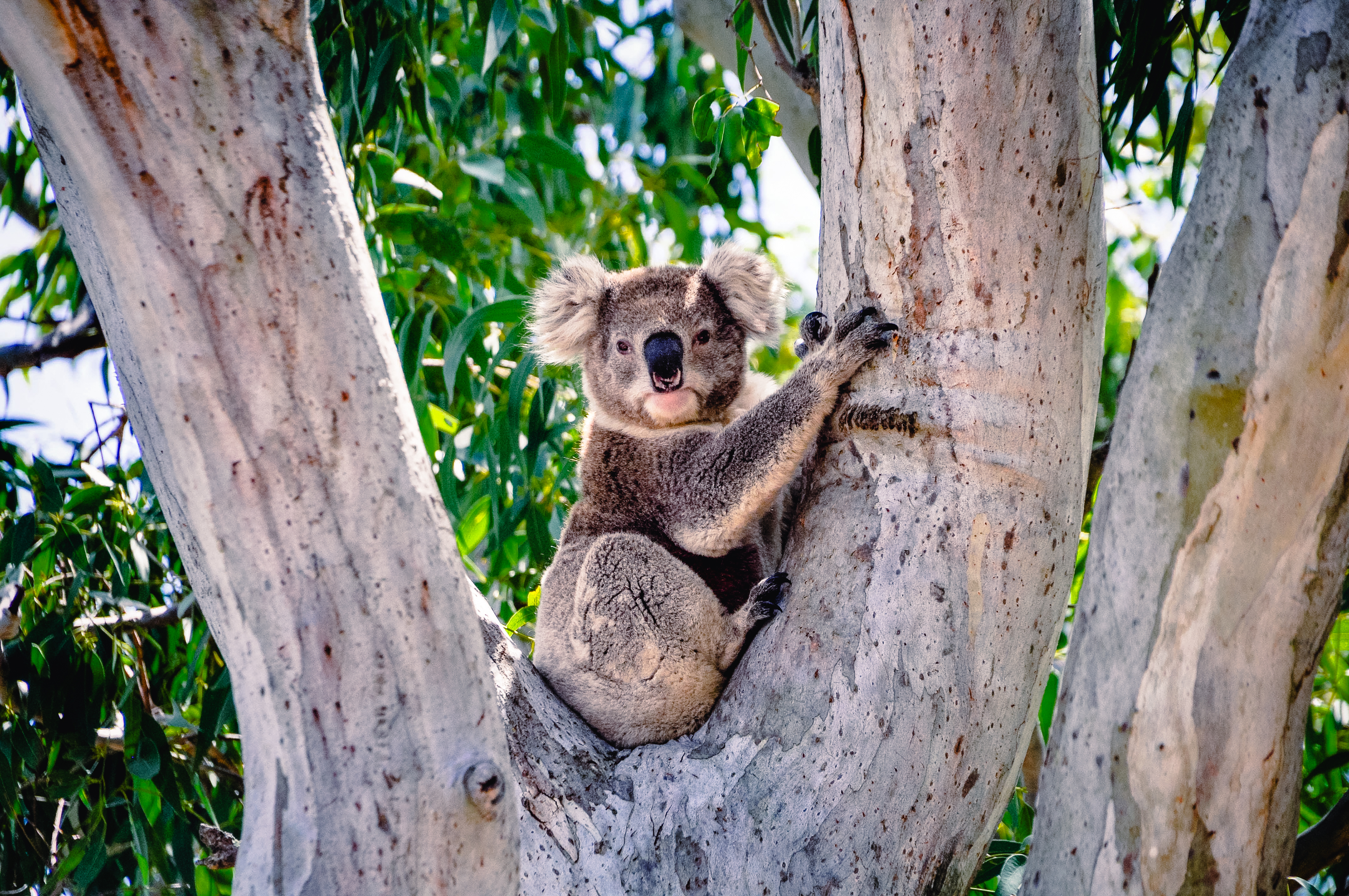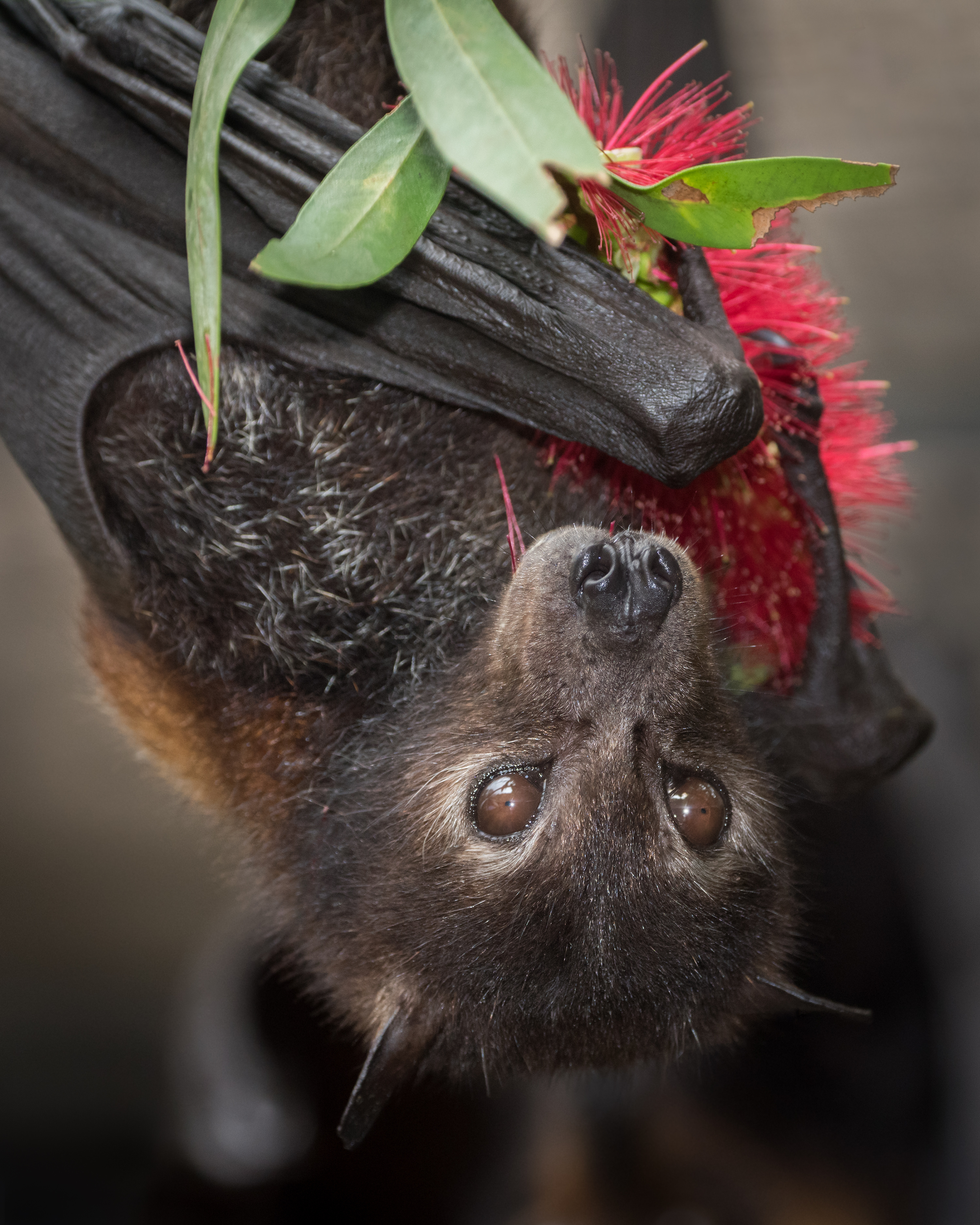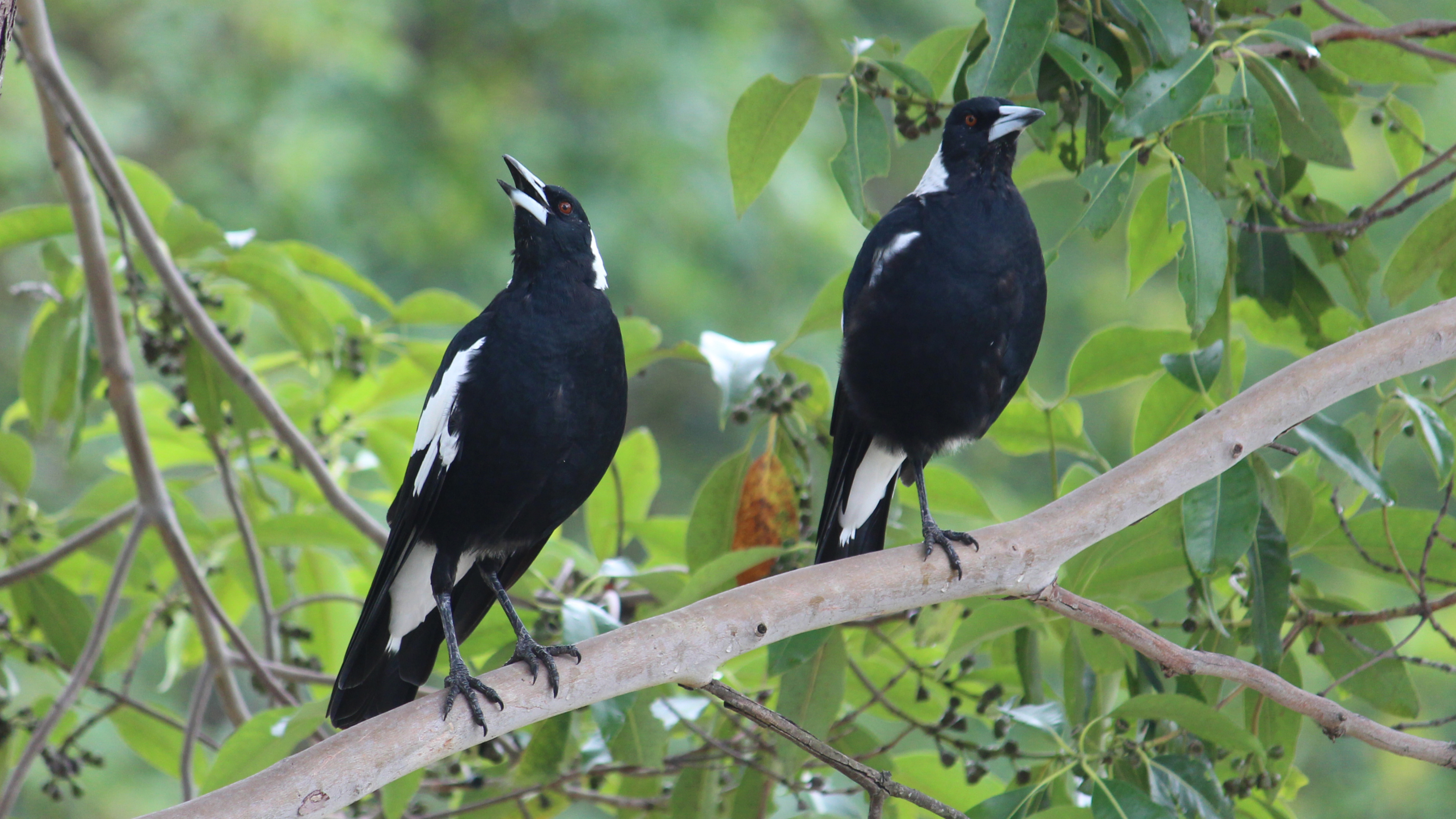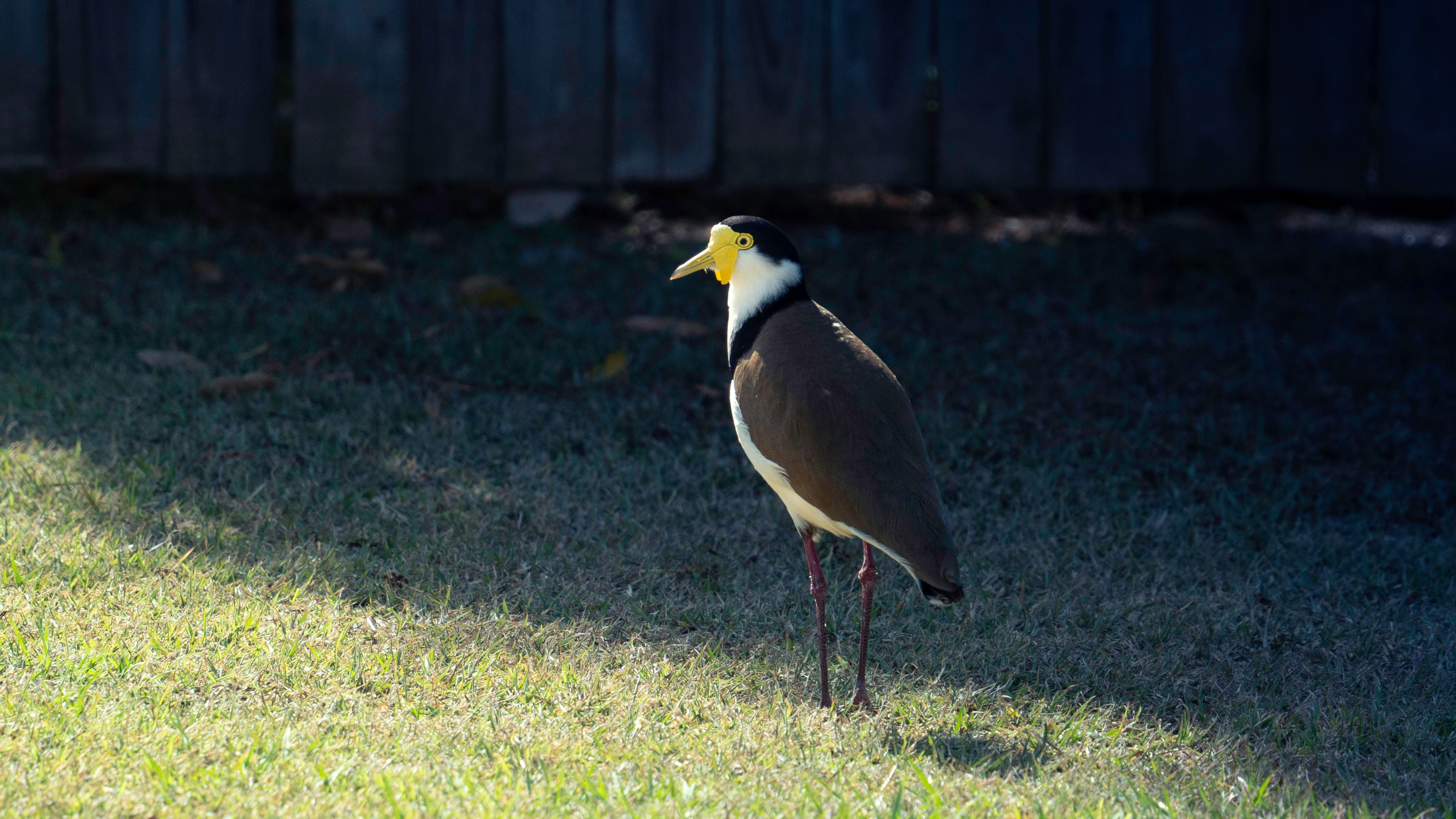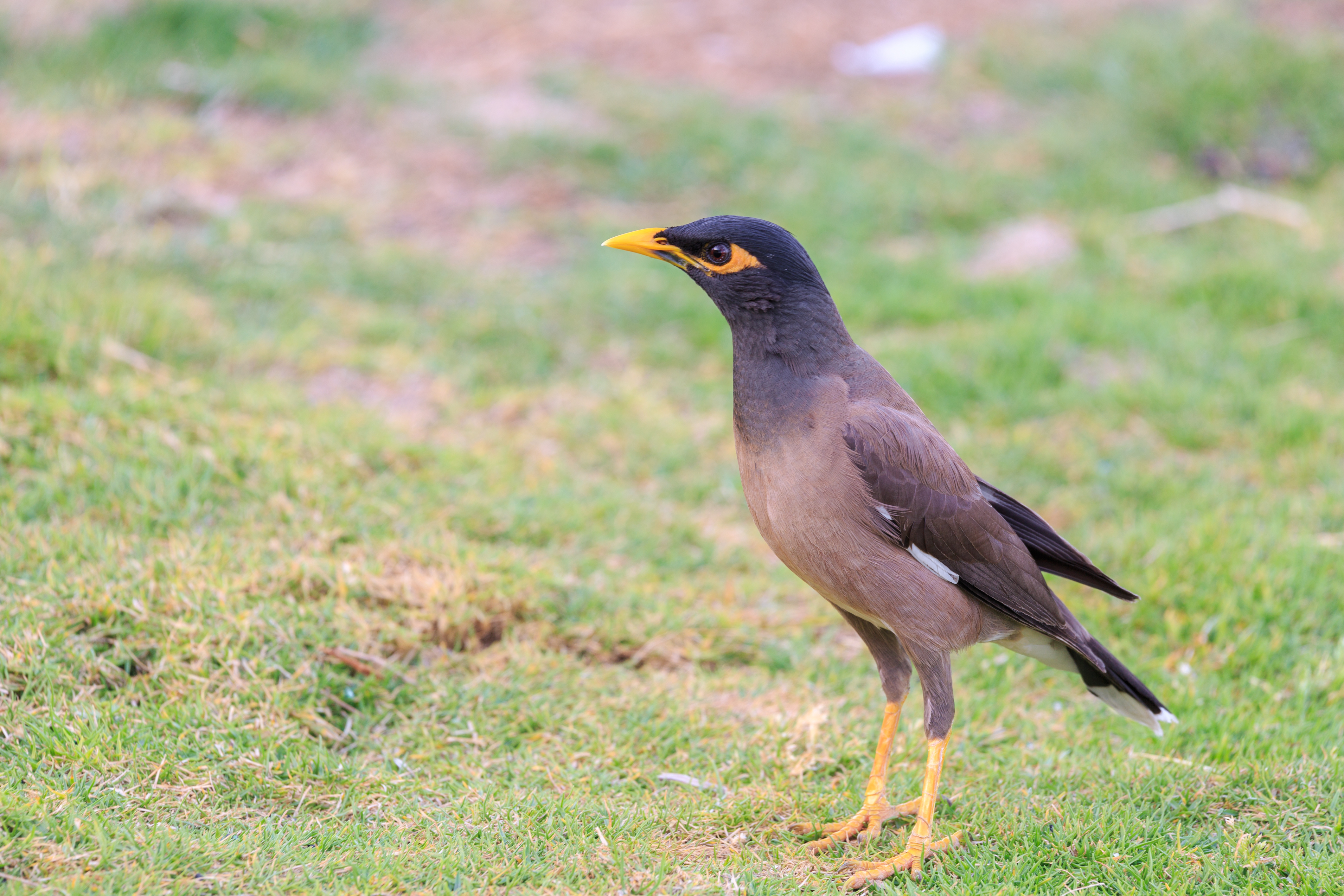Wildlife
Indian Mynas
Non-native
Indian or Common Mynas (Acridotheras tristis), not to be mistaken with the native Noisy minors, are a member of the starling family and were introduced into Australia to control insect pests in market gardens. They are now prevalent in many parts of eastern Australia and are commonly associated with urban or developing areas.
For more information about Indian Mynas, you can refer to the RSPCA website.
What Council is doing?
In April 2021, Council adopted an environment strategy that identified natural assets, sustainable development and land management as pillars. This strategy sets a way forward for Council to continue to implement actions that support positive environmental outcomes, such as:
New Developments
Council is constantly working on refining its planning and environmental policies. Development approvals are conditioned to ensure wildlife habitat and movement are considered in the design, construction and operation of the site. Conditions often include habitat tree retention, restoration works, wildlife friendly boundary fencing, wildlife exclusion fencing where dogs are kept, wildlife crossings and signage.
Restoration
Through Resilient Rivers funding, grant funding and Council's Environment Levy, wildlife habitat is being restored throughout the Lockyer Valley Regional Council area through weed management, cool cultural burning and tree planting.
Supporting the community
Council is dedicated to raising community awareness of local wildlife populations and movement during breeding season. It supports the community to protect and restore habitat through the Land for Wildlife Program and restore habitat and care for wildlife through the Community Environmental Grants program.
Collaboration
Council collaborates with the State Government, other councils, NRM groups, universities and community groups to deliver a range of planning, policy, research, monitoring and delivery projects related to protecting and restoring wildlife and their habitat.


